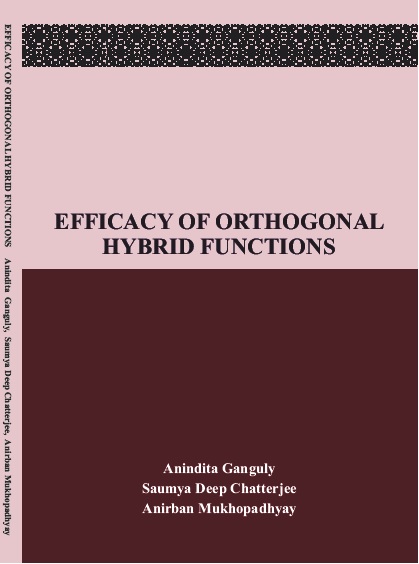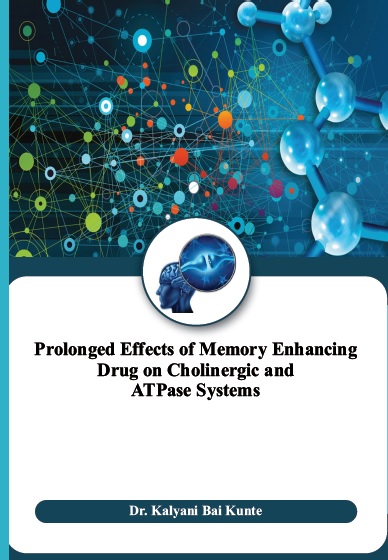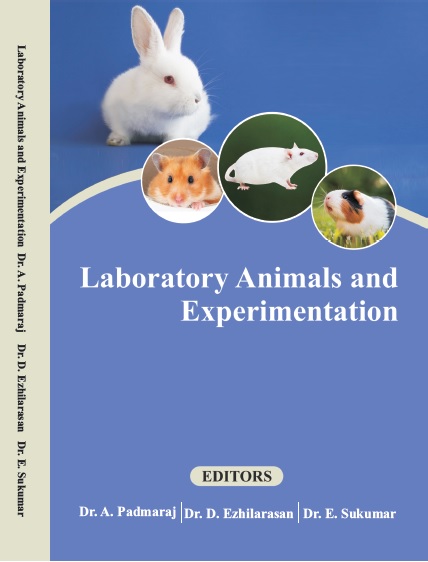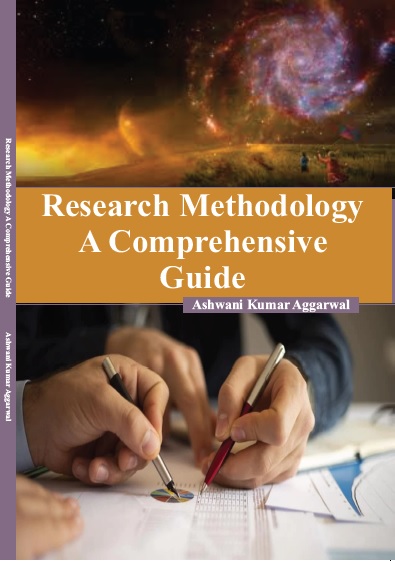SCIENCES AND ENGINEERING

Efficacy Of Orthogonal Hybrid Functions
by Anindita Ganguly
ISBN Number : 978 - 93 -88672 - 41 - 2
Authors Details
| Author Name | Image | About Author |
|---|---|---|
| Anindita Ganguly |  |
Anindita Ganguly is a recipient of several prestigious awards: National
Merit Scholarship (twice), Senior Research Fellowship of Defence
Research Development Organisation, Senior Research Fellowship of
Council of Scientic Industrial Research, National Doctoral Fellowship
from All India Council of Technical Education, D. S. Kothari Post
doctoral Fellowship from University Grants Commission , Teachers
Associateship for Research Excellence from Science and Enginnering
Research Board, Dorabji TATA Trust Fellowship (twice). She has been
the ex-HOD, Department of Electrical Engineering in St. Thomas
College of Engineering and Technology, Kolkata and is presently researching with computational
cardiology. |
| Saumya Deep Chatterjee |  |
Saumya Deep Chatterjee has graduated in Electrical Engineering from
St. Thomas College of Engineering & Technology, Kolkata, West
Bengal. He has worked in Infosys Limited and IIHT in the elds of
Microsoft .NET track, Apache Hadoop and Machine Learning. He has
been certied in Big Data Development and works as a freelancer in
Microsoft track and Apache domain. He is an independent researcher
with keen interests in Control Theory, Control Systems, Programming,
Computations, Big Data and Machine Learning. |
| Anirban Mukhopadhyay |  |
Anirban Mukhopadhyay is currently pursuing his PhD in Electrical
Engineering from IIT Madras. He has obtained his B.Tech degree in
Electrical Engineering from St. Thomas College of Engineering and
Technology under Maulana Abdul Kalam Azad University of
Technology, West Bengal. He has obtained his M.Tech degree in Sensor
Technology from Defence Institute of Advanced Technology, Pune. His
research interest includes spin systems, magnonics, quantum physics. |
Book Description
In this book, we have illustrated the piece wise continuous orthogonal function, hybrid Function (an amalgamation of Sample and Hold function and Right hand triangular function) and presented an insightful review of the properties of hybrid function, for the readers. We have applied the hybrid function (HF) algorithm on approximating electrical circuit output, state-estimation of control system, solution of different practical system dened by fractional differential equation and Volterra, Fredholm and Hammerstein integral equation. Though HF does not possess proper orthogonality but the engineering problems we are dealing in this book are solved with a negligible error margin with HF approach. To device the control law for optimum performance of a control system we need to have the whole information on state vectors, but in reality most of the time, one or a few state vectors are unknown, to approximate these state vectors an observer is employed, we have employed a Luenberger observer alongside HFalgorithm to determinethe unknown state vector. Volterra,Fredholm, Hammerstein equations play an important role in electromagnetic, semiconductor physics, epidemiology, etc. Previously many complicated method were derived by researchers to deal with these classes of equation, but, in this book we propose a simple, straight-forward yet effective HF algorithm to yield numerical solution to these kinds of equations. Fractional calculus is the heart and soul of many bio-engineering models. Here we have chosen a few bio engineering fractional differential systems to estimate their characteristics via HF method and have drawn comparison with the actual ones. Numerical examples are illustrated throughout the book to help understand the readers and validate the HF algorithm. Here our aim is to present the HF method as an alternative to the known methods such as successive approximation method, Laplace method, Adomian method, etc. to solve problems regarding linear and non-linear system. The superiority of this method lies in its simplicity, given the fact, that all the integration and differentiation in HF domain gets transformed into simple matrix multiplication.














